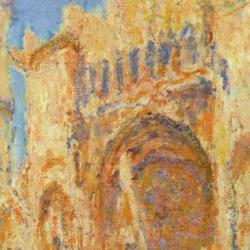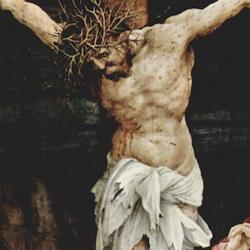In a recent sermon on Mark 6, Pastor Rich Lusk pointed out that John the Baptist’s martyrdom fulfills his life as a Nazirite. According to Numbers 6, the Nazirite offers his “head” (often translated “head of hair”) when his vow is completed. John was a Nazirite from the womb, dedicated to carrying on God’s holy war. That dedication climaxes when he offers His head for the kingdom.
Behind this is the typological pattern of Elijah and Elisha. John is Elijah, Jesus his successor is Elisha. On the day Elijah leaves, the sons of the prophets repeatedly tell Elisha that his “head” is going to be removed (2 Kings 2:3, 5). Like John, Elijah is a Nazirite, so it’s appropriate that his ministry end with a head-removal. After the head is removed, Elisha begins his ministry in earnest, with a double portion of the Spirit of Elijah. So too Jesus’ ministry enters a new phase when John, His “head,” is removed. Jesus continues to heal and preach, but He also begins to multiply food for the hungry, a miracle associated with Elisha.
Behind that is the typology of Moses and Joshua. Elijah is a new Moses, Elisha a new Joshua, whose very name resembles Joshua. Moses’ “head” is not removed, but he dies on the east of the Jordan, so that the new Moses, Joshua, can lead Israel across the water into the promised land. The relation of Moses-Joshua is recapitulated in John-Jesus: John stays in the wilderness, baptizing in the Jordan, but he doesn’t lead the people to green pastures, as Jesus does (Mark 6:39). Moses appoints Joshua because he sees that the people are sheep without a shepherd, and Jesus proves Himself the good shepherd especially after John is executed by the bloodthirsty shepherd-king Herod.
And behind all that is the threat against the serpent: That a see would come to crush the serpent’s head. In the Elijah-Elisha narrative, and in John’s execution, we have an intriguing reversal of that: Elijah the head is removed, and John is beheaded – both linked with head wounds that are normally the wound of the serpent. And then Jesus comes along, raised up like the serpent in the wilderness. Whatever else might be going on here, there is a neat inverted symmetry: The serpent is defeated by those who suffer the serpent’s curse.















